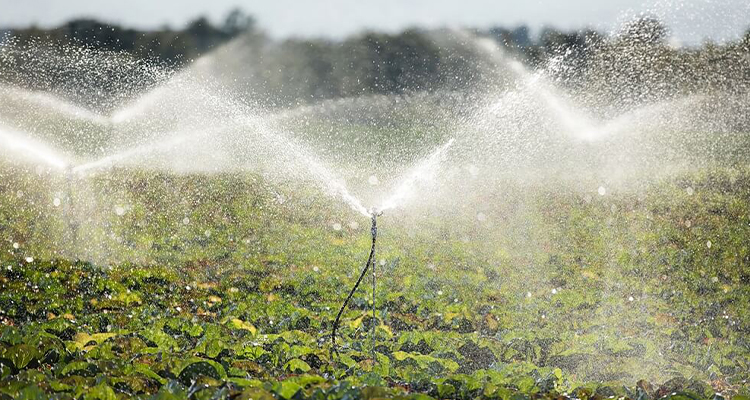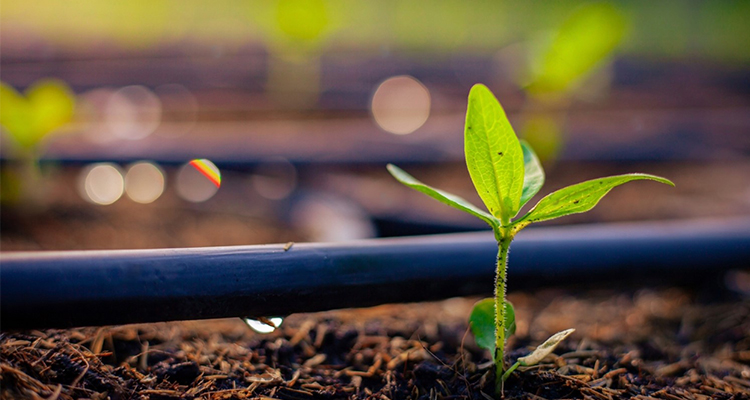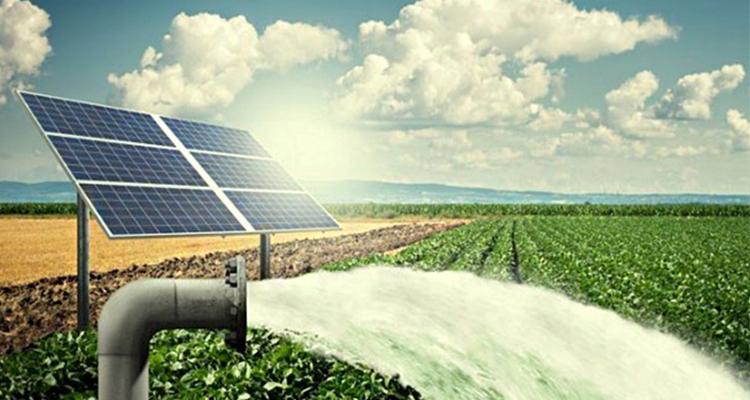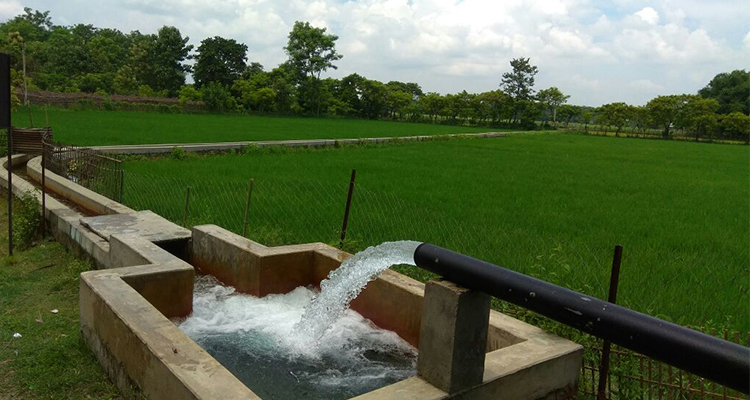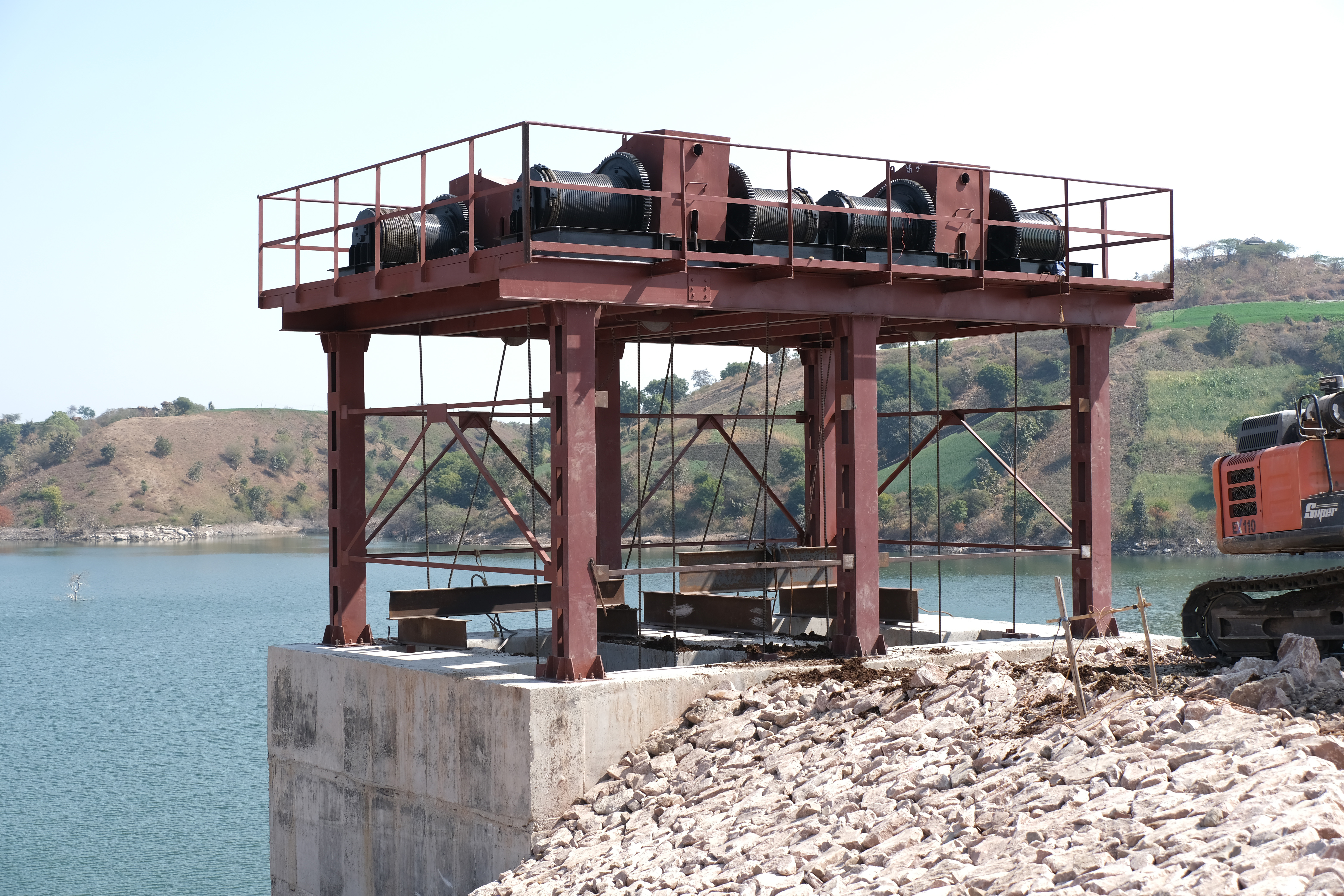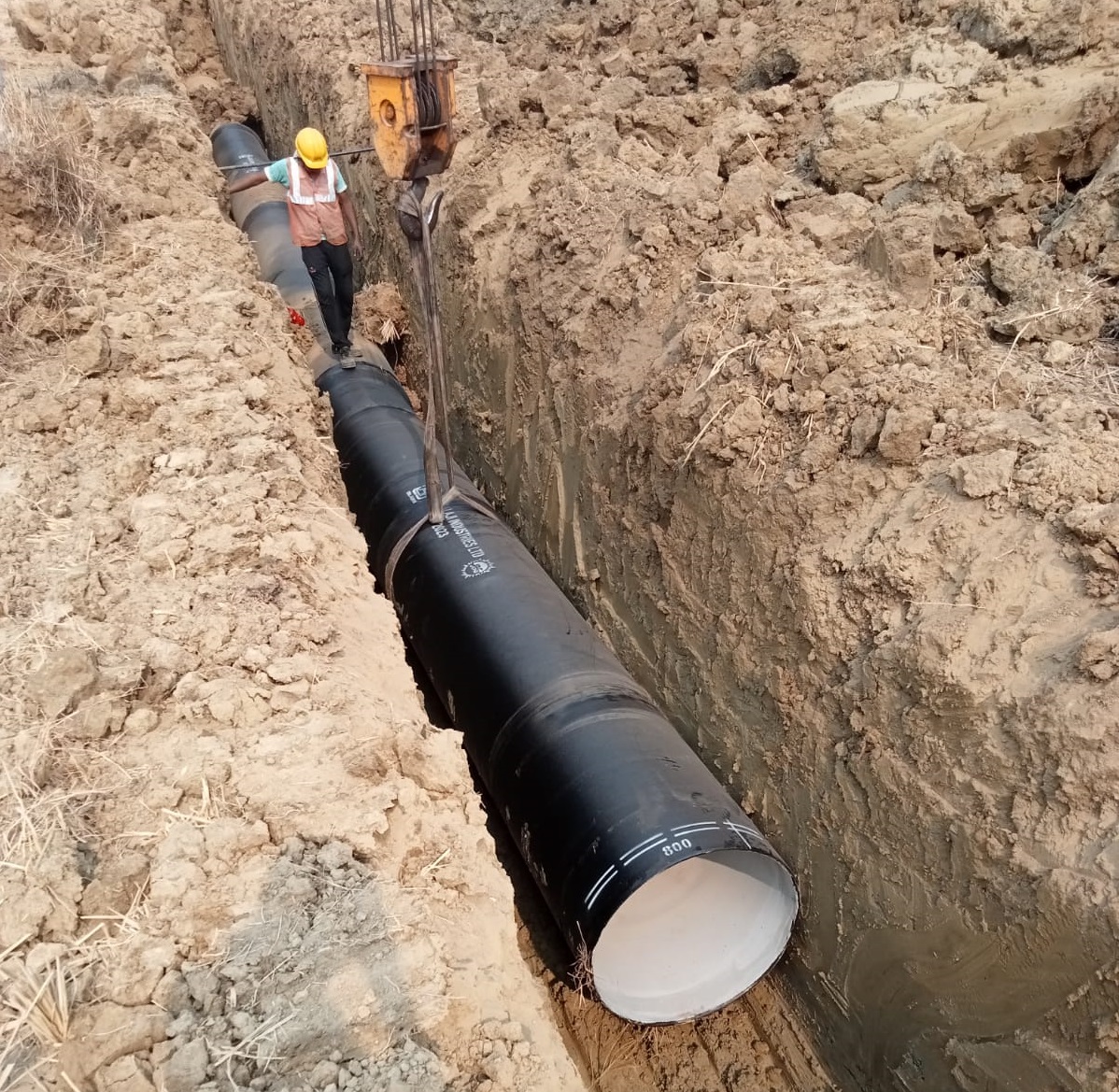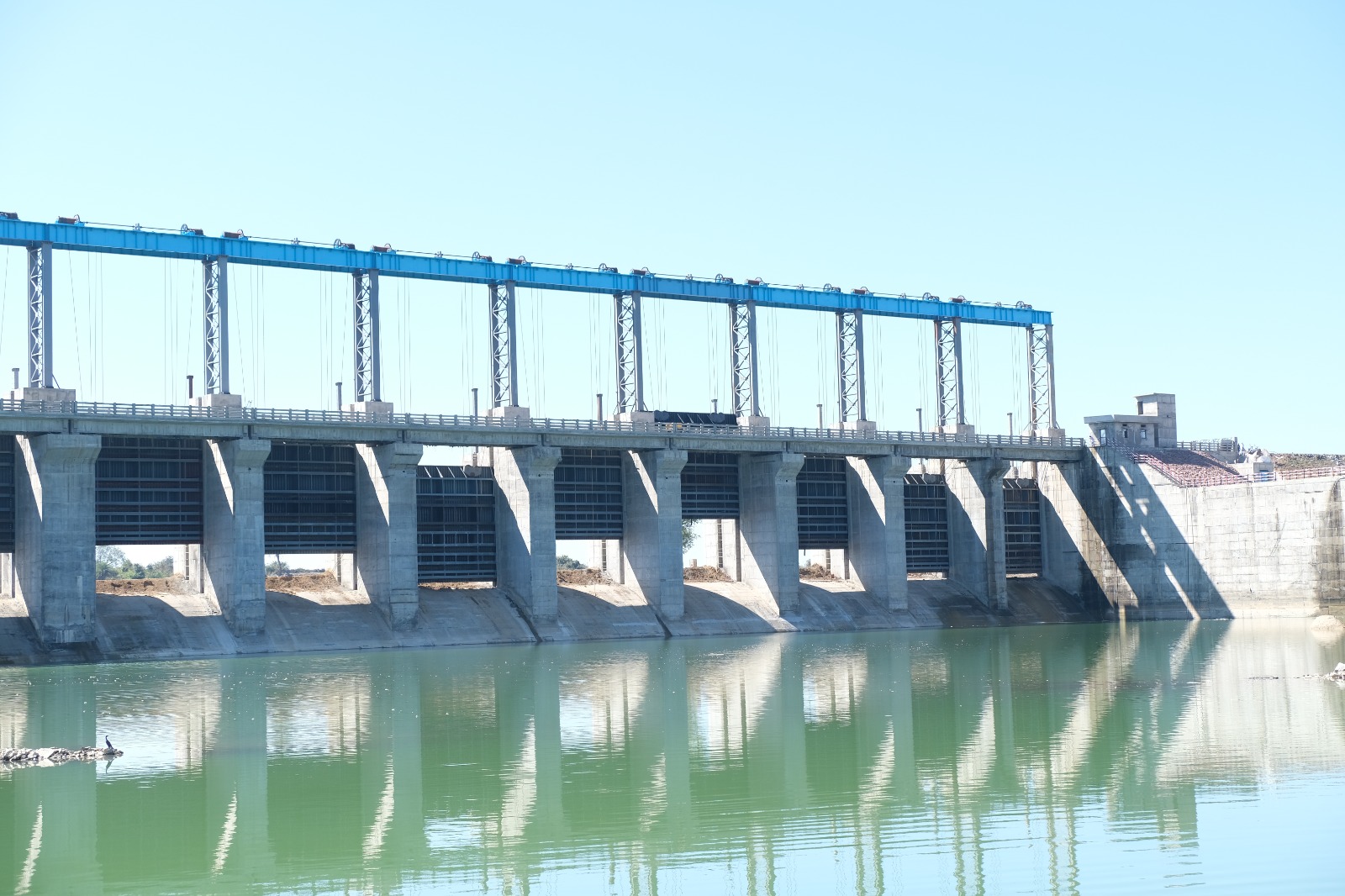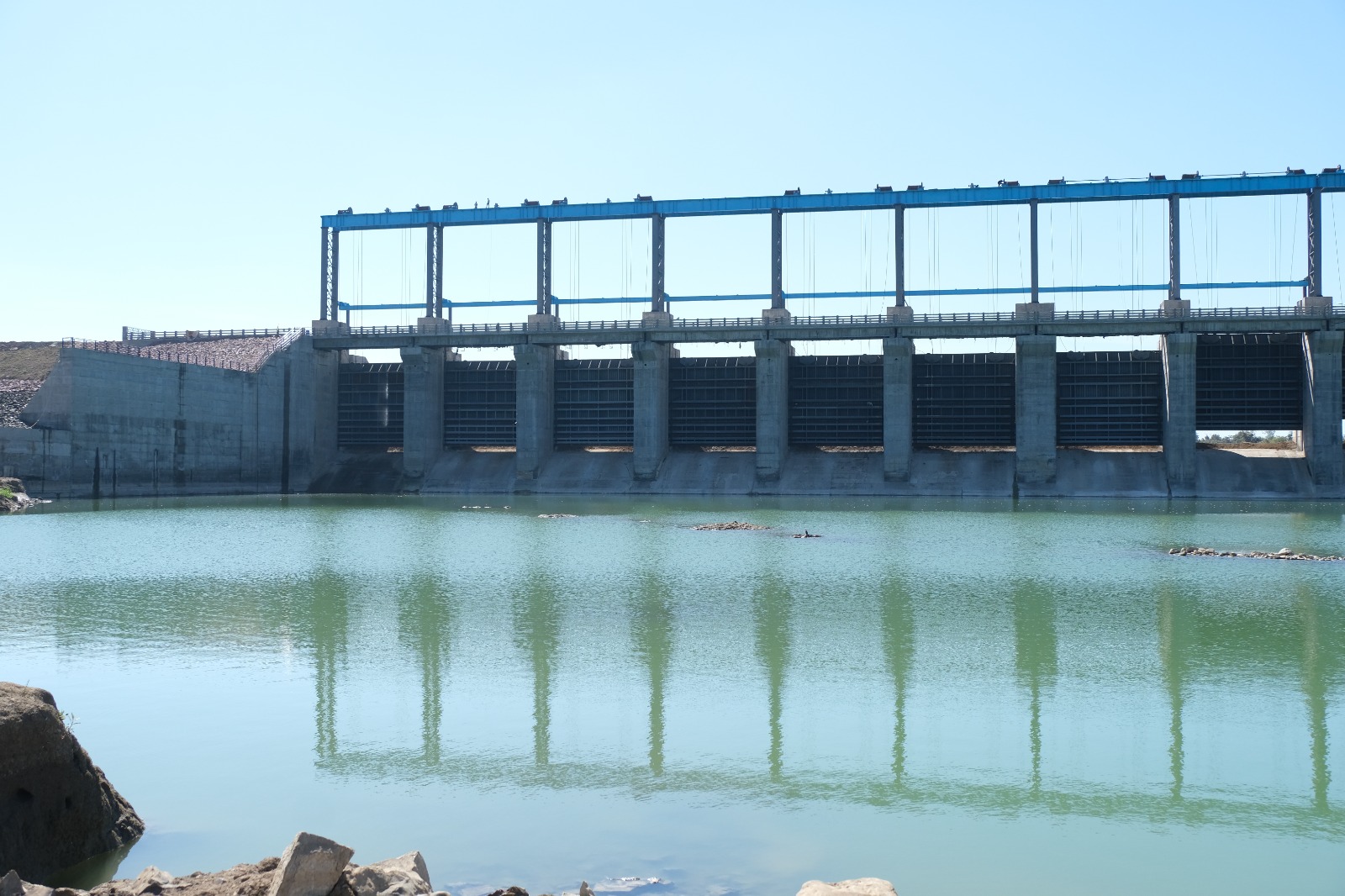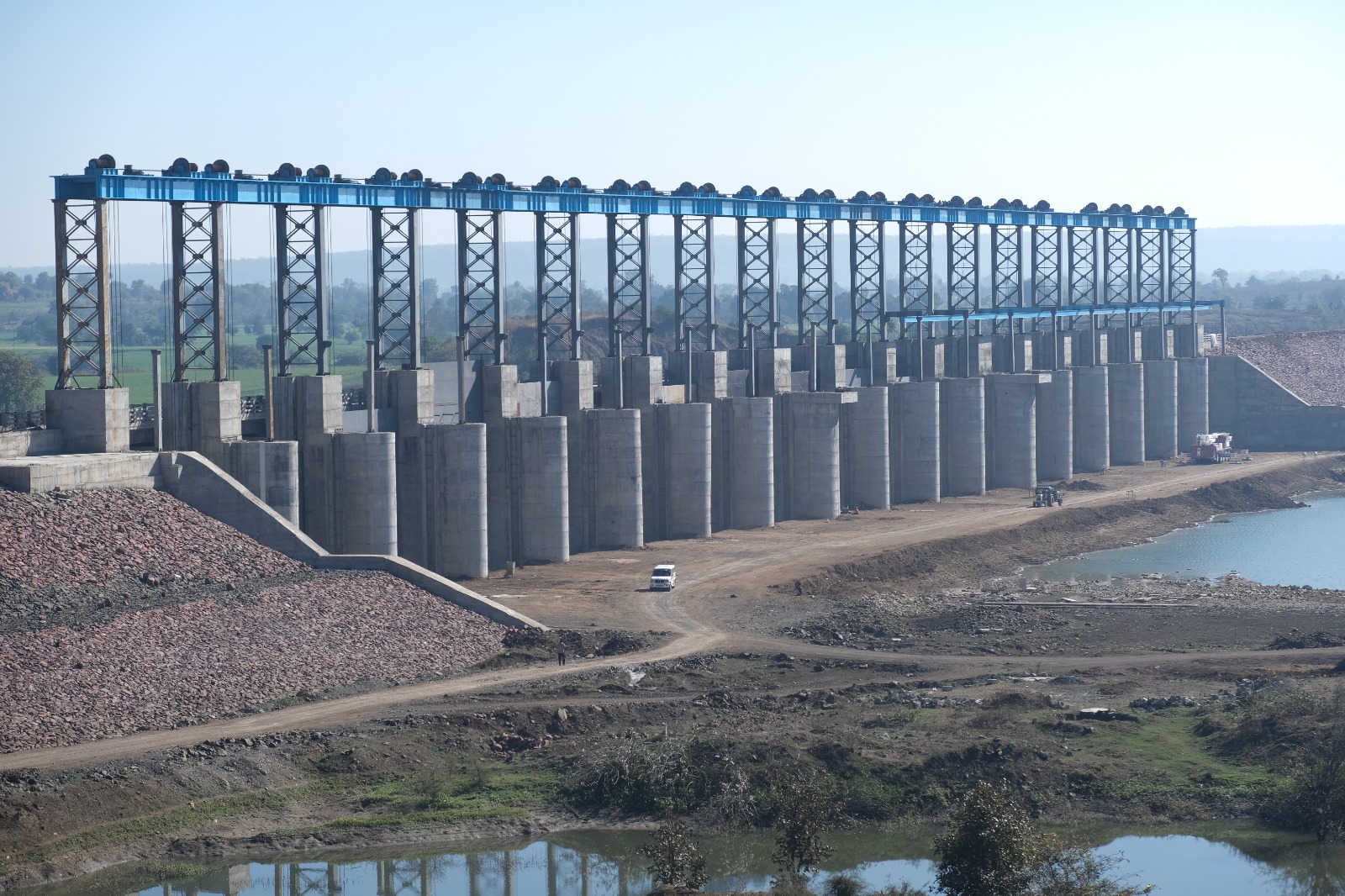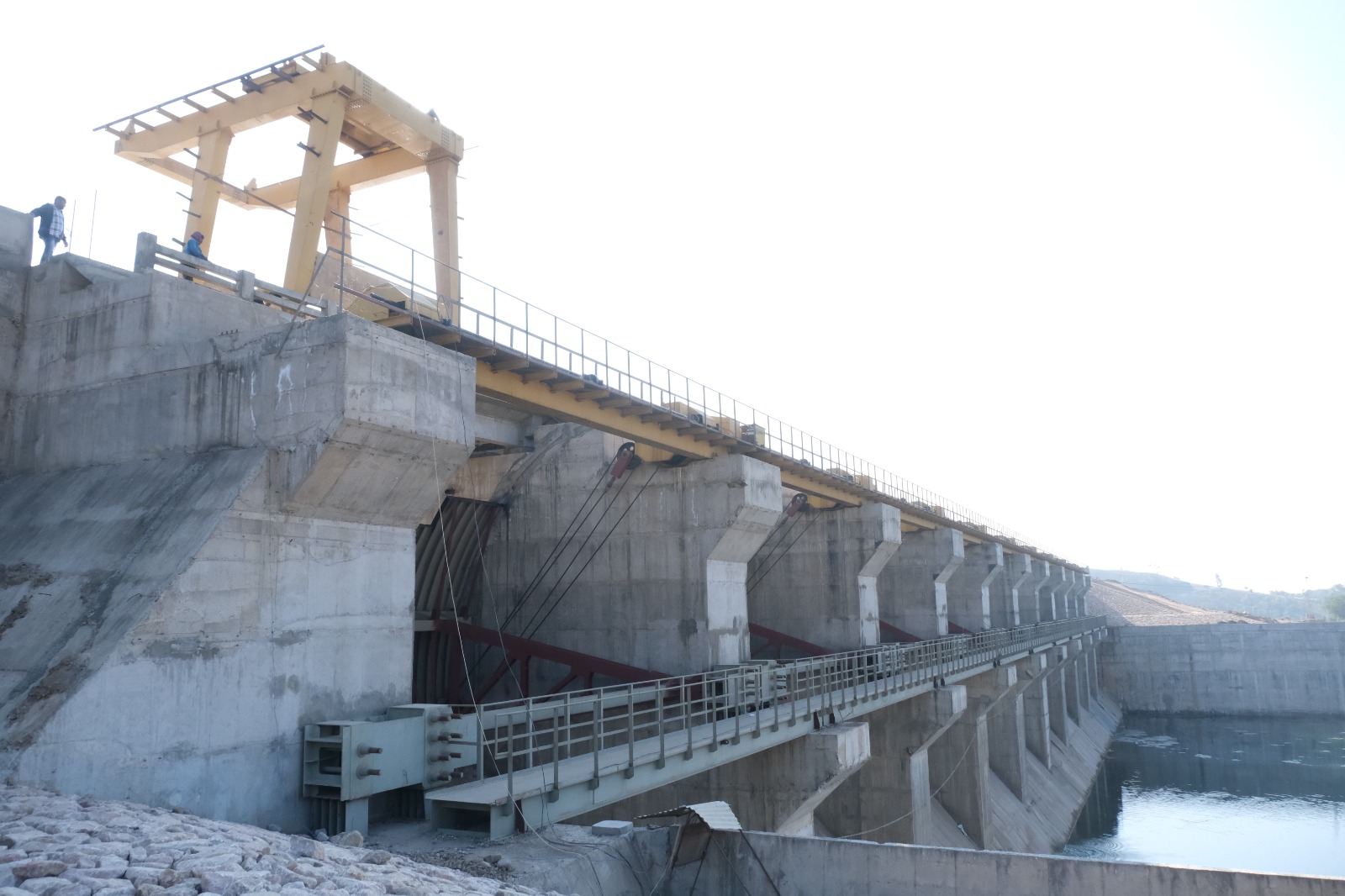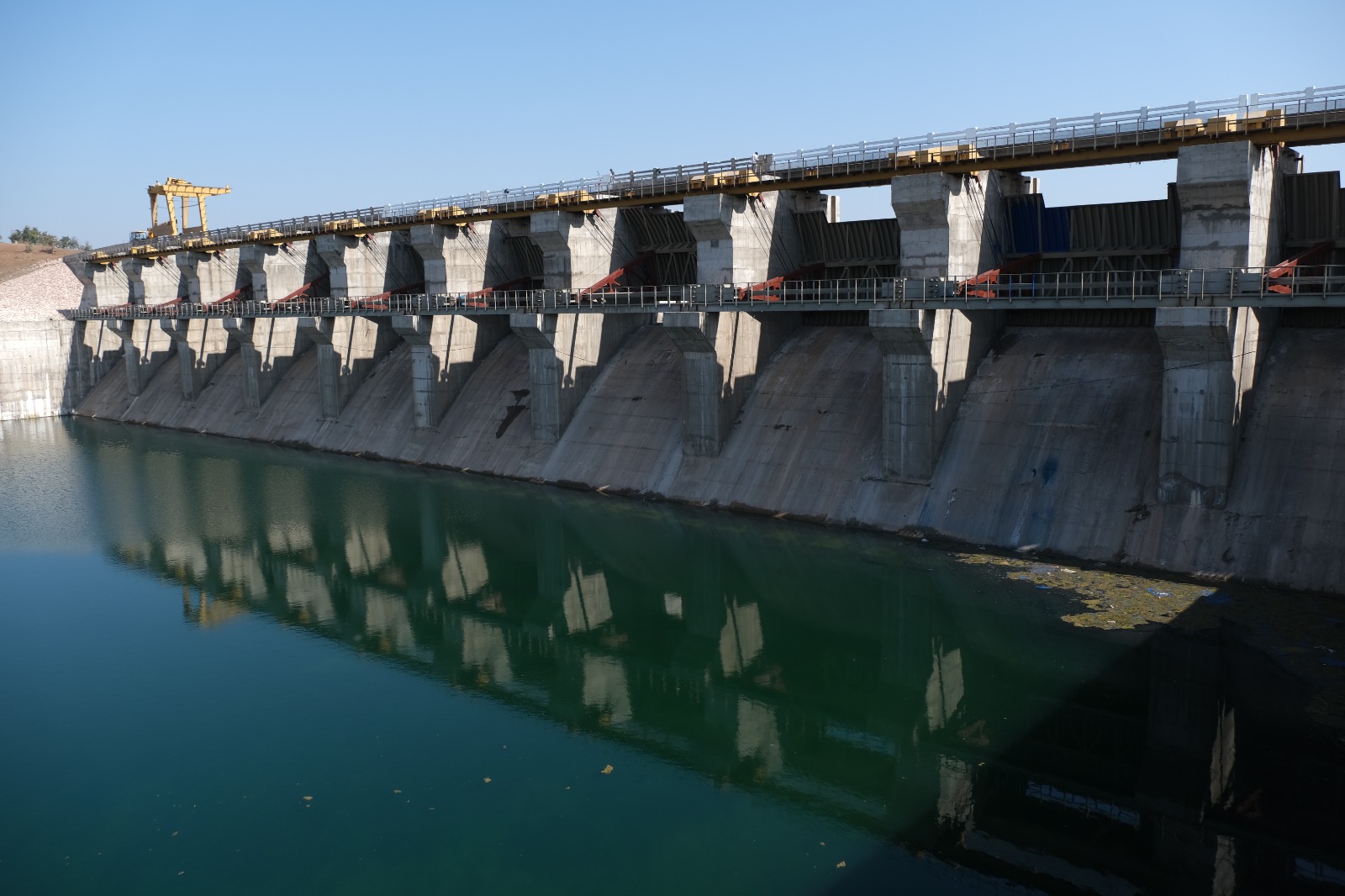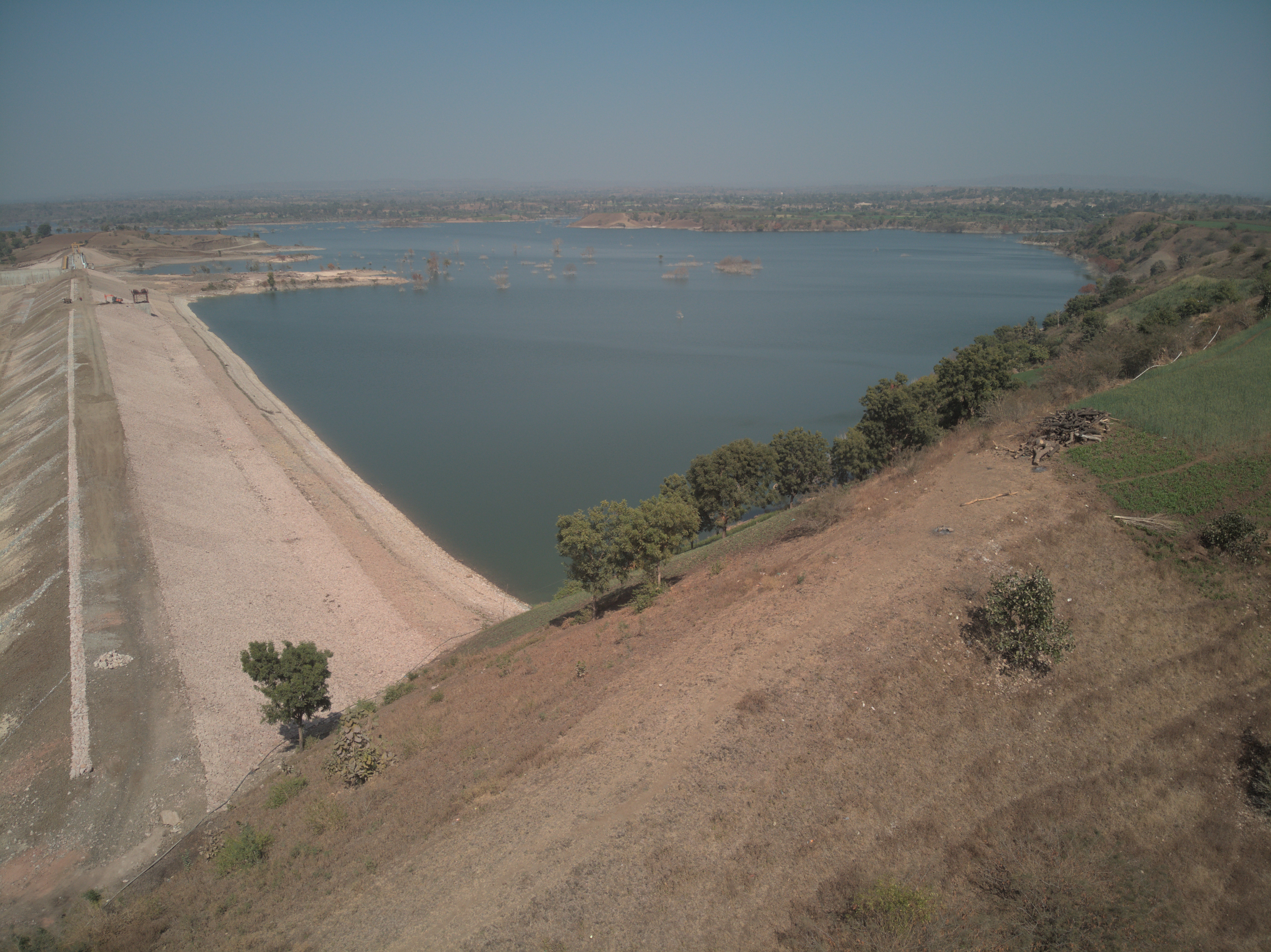Irrigation
Irrigation Portfolio
Dam Construction
A dam is a structure built across a river or stream to hold back water. People have used different materials to build dams over the centuries. Ancient dam builders used natural materials such as rocks or clay. Modern-day dam builders often use concrete.
Manmade dams create artificial lakes called reservoirs. Reservoirs can be used to store water for farming, industry, and household use. They also can be used for fishing, boating, and other leisure activities. People have used dams for many centuries to help prevent flooding.
The ancient Mesopotamians may have been some of the first humans to build dams. The oldest known dam is the Jawa Dam, located in present-day Jordan. It was built in the fourth century B.C.E. Dams provided farmers with a steady source of water to irrigate crops. This allowed ancient Mesopotamians to feed a growing population.
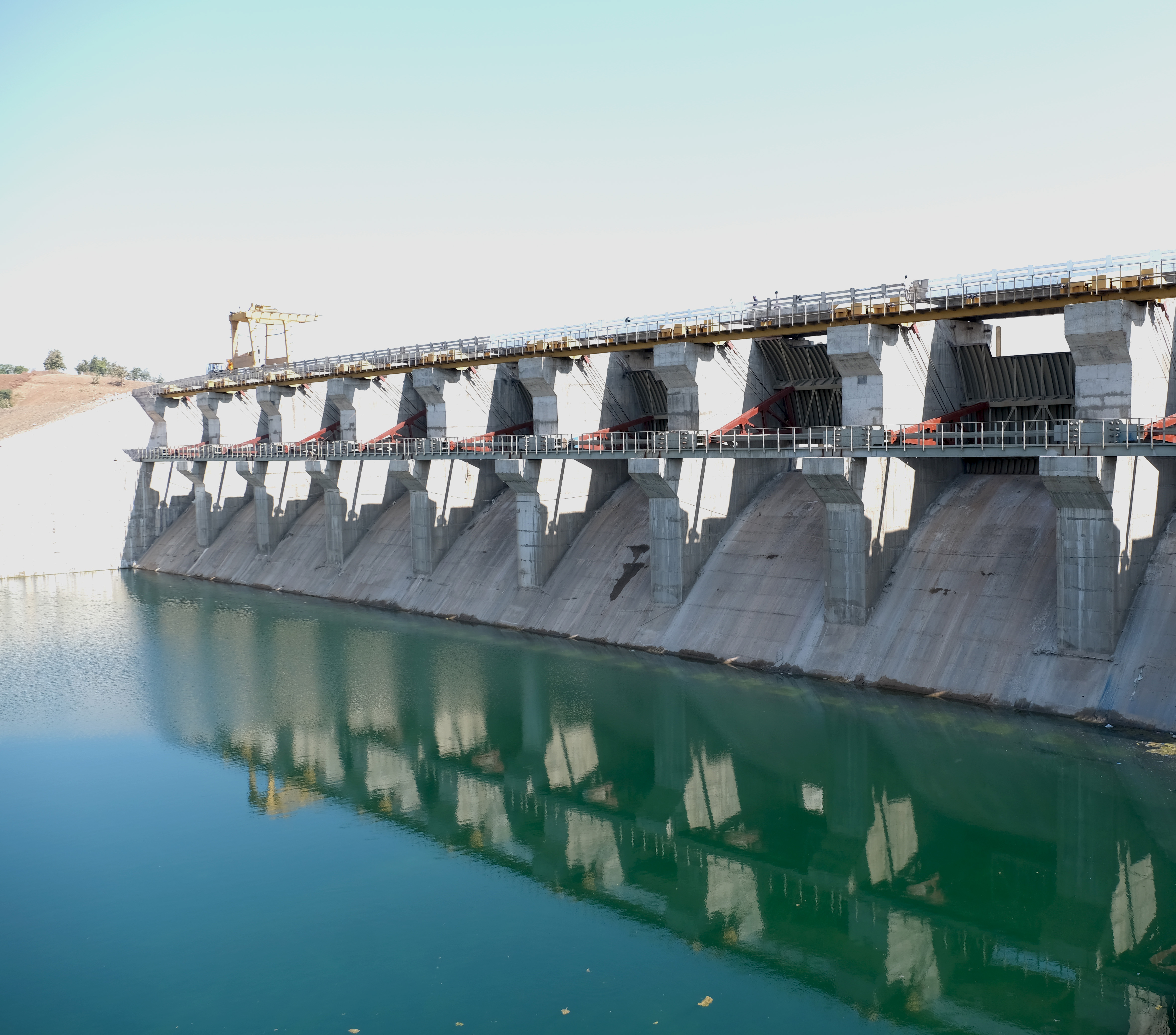
The Romans were master-dam builders too. They used dams to divert water for drinking, bathing, and irrigation. One of the oldest dams still in use is the Cornalvo Dam in Spain. The ancient Romans built it in the first or second century C.E.
The force of flowing water creates mechanical power. People have harnessed this power for centuries with the use of dams. Small dams powered paddle wheels in pre-industrial Europe and America. These were used to help saw logs or grind corn and other grains.
During the Industrial Revolution, engineers began to build bigger dams. These industrial-sized dams could hold back more water to power the big machinery of factories and mines. They also could turn giant turbines to generate electricity.


